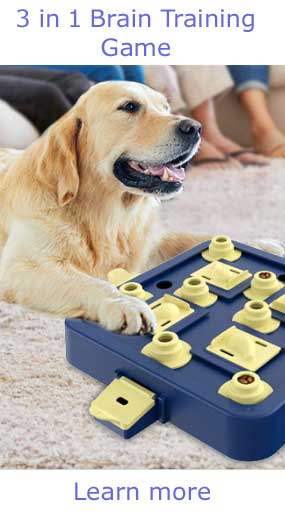Training a dog to become an effective tracker requires a specialized approach that focuses on instincts, skills, and discipline.
Tracker dogs are employed in various fields, including search and rescue, law enforcement, and hunting, where their ability to follow scents can prove invaluable.
Here’s a comprehensive look at the necessary training to transform an ordinary dog into a capable tracker.
Understanding the Basics of Scenting
Before diving into the specifics of training, it’s essential to understand how dogs develop their tracking abilities.
Dogs have an extraordinary sense of smell—estimated to be between 10,000 to 100,000 times more sensitive than humans.
This innate ability makes them natural scent detectors.
However, proper training is crucial to channel this ability effectively.
Selecting the Right Breed
While many dogs can be trained to track, certain breeds excel in this area.
Breeds such as Bloodhounds, German Shepherds, Belgian Malinois, and Labrador Retrievers are renowned for their tracking prowess due to their strong drive, intelligence, and working backgrounds.
Choosing the right breed is the first step in the tracking dog journey.
Foundation Training
1. Basic Obedience Skills:
Before starting tracking-specific training, it’s essential for dogs to have a solid foundation in basic obedience commands such as sit, stay, come, and heel.
This foundation establishes clear communication between the handler and the dog, which is crucial in tracking scenarios where focus and control are necessary.
2. Building Engagement:
Developing a strong bond and motivation is essential.
Using treats, toys, and positive reinforcement techniques helps to engage the dog and make training enjoyable.
A well-motivated dog is more likely to succeed in tracking tasks.
Scent Discrimination Training
1. Introducing Scents:
Start with familiar and controlled scents.
Use items that have the scent of a specific person or object, gradually increasing the complexity of the scents presented.
This process helps the dog learn to recognize and differentiate specific smells.
2. Scent Trails:
Create simple trails using treats or a scent item.
Lay a trail through an area while occasionally placing markers or treats to reward the dog for staying on track.
Gradually increase the complexity of the trail, using various terrains and longer distances.
3. Hold and Take:
Train the dog to recognize and hold the item with the scent.
This technique reinforces commitment to the scent and teaches the dog to work with it instead of simply sniffing and moving on.
Advanced Tracking Techniques
1. Trailing Training:
Once the dog has a strong grasp of basic scent trails, introduce trailing.
This involves following the scent of a person who has walked a path, which can include varying terrain, distractions, and environmental changes.
2. Distance and Duration:
Increase the length and age of the scent trails gradually.
Start with shorter, fresh trails and slowly move to longer trails that have been aged in time.
This tests the dog’s ability to track over distances and through different weather conditions.
3. Search Exercises:
Incorporate real-world tracking exercises, such as searching for lost items, locating people, or even participating in tracking competitions.
These scenarios help the dog apply its skills in practical situations, boosting its confidence and ability.
Tracking Certification
Many organizations offer certification for tracking dogs, which can be a valuable benchmark for both the dog and the handler.
This formal recognition not only showcases the dog’s skills but also opens opportunities for involvement in search and rescue operations or law enforcement.
Continuous Training and Socialization
Training a tracker dog is not a one-time event; it’s an ongoing process.
Continuous practice and exposure to various environments, scents, and situations are vital for maintaining and enhancing the dog’s tracking abilities. Socialization with other dogs and people is equally important to ensure well-rounded behavior.
Conclusion
Training a tracker dog is a rewarding but challenging endeavor that requires patience, dedication, and an understanding of canine behavior.
By focusing on building a strong foundation, enhancing scent discrimination, engaging in advanced tracking techniques, and striving for continuous improvement, you can successfully train a dog to excel at tracking.
The bond formed during this training can also lead to a fulfilling companionship, making the journey worthwhile for both the handler and the dog.











